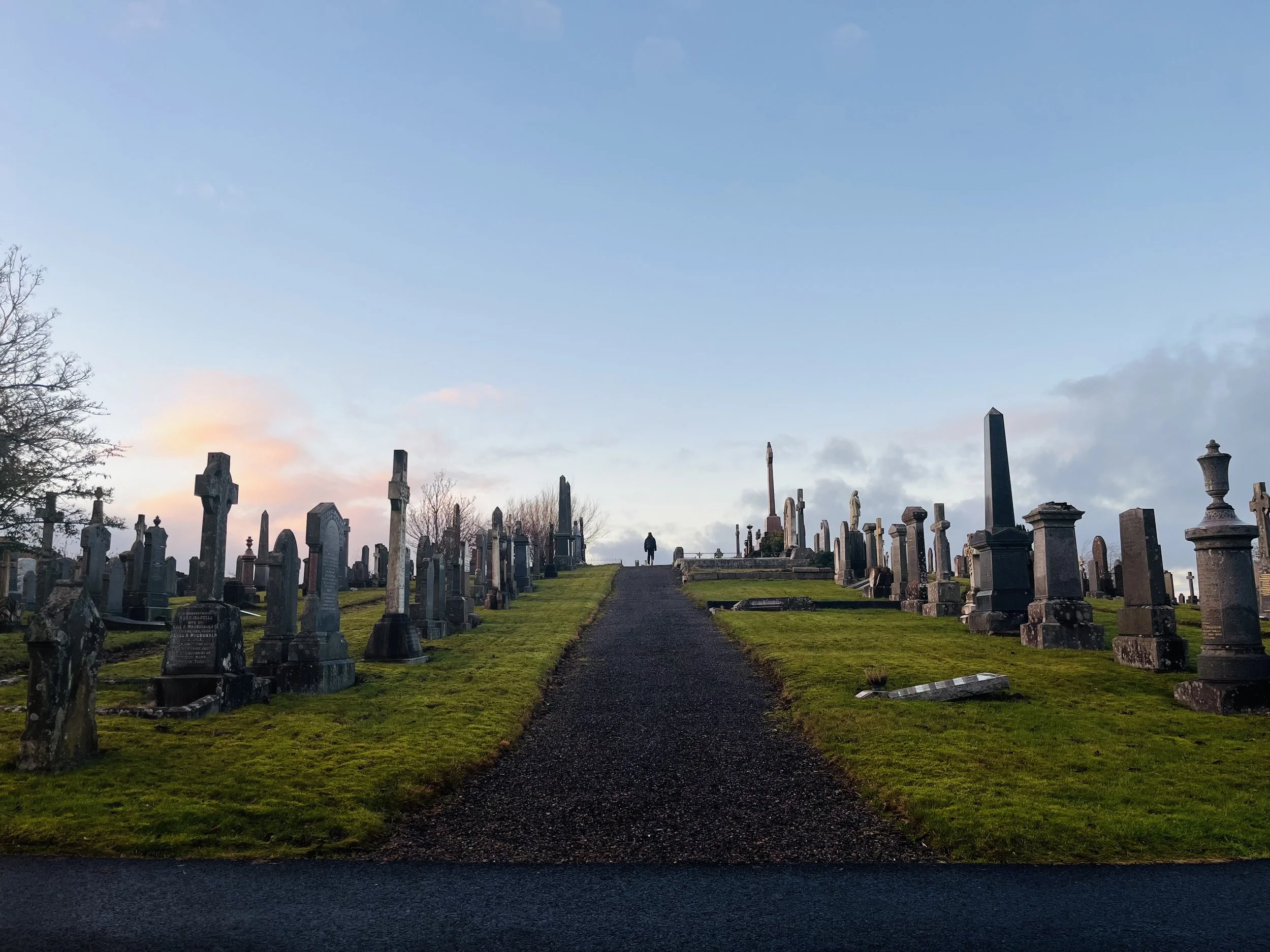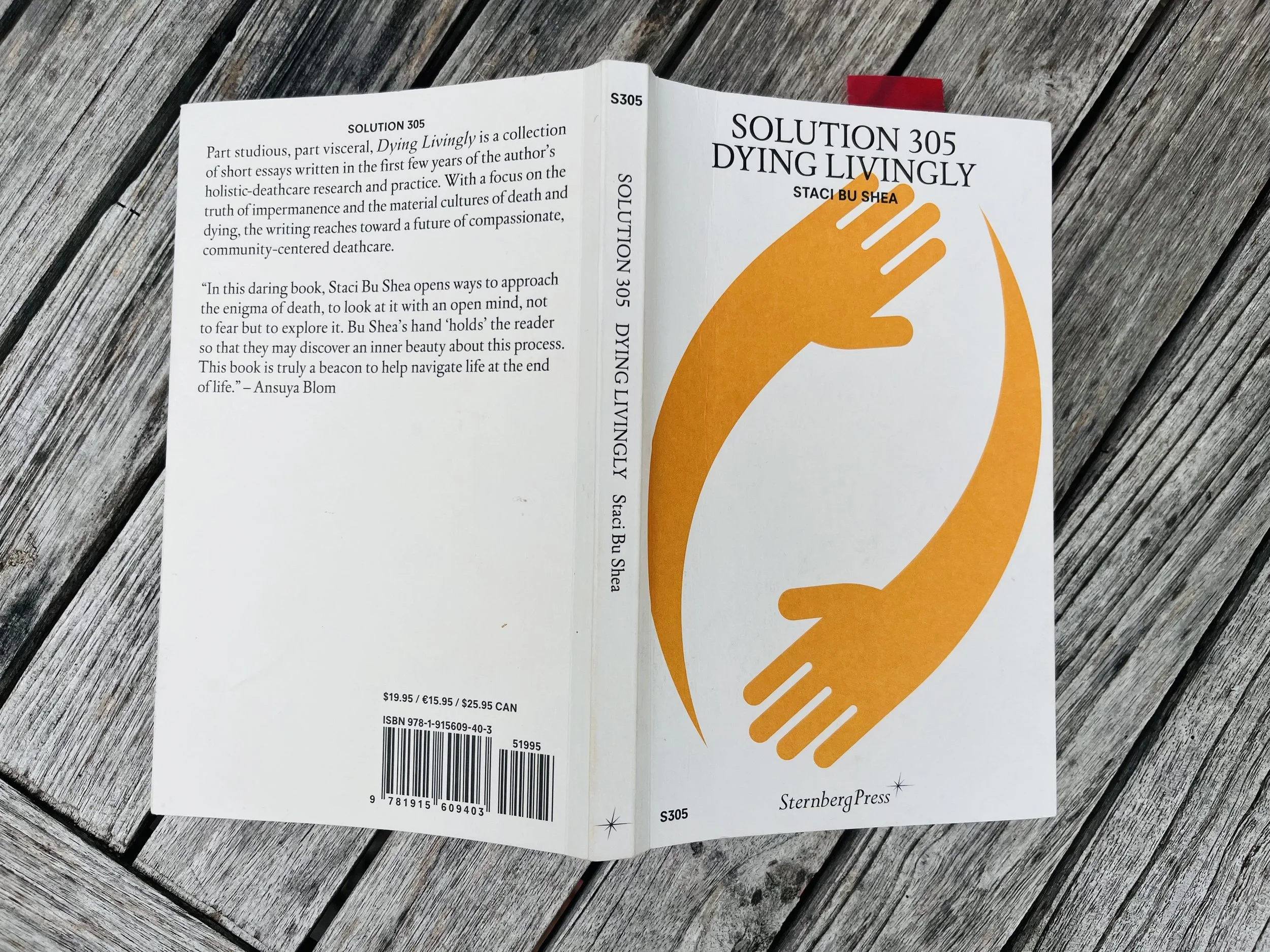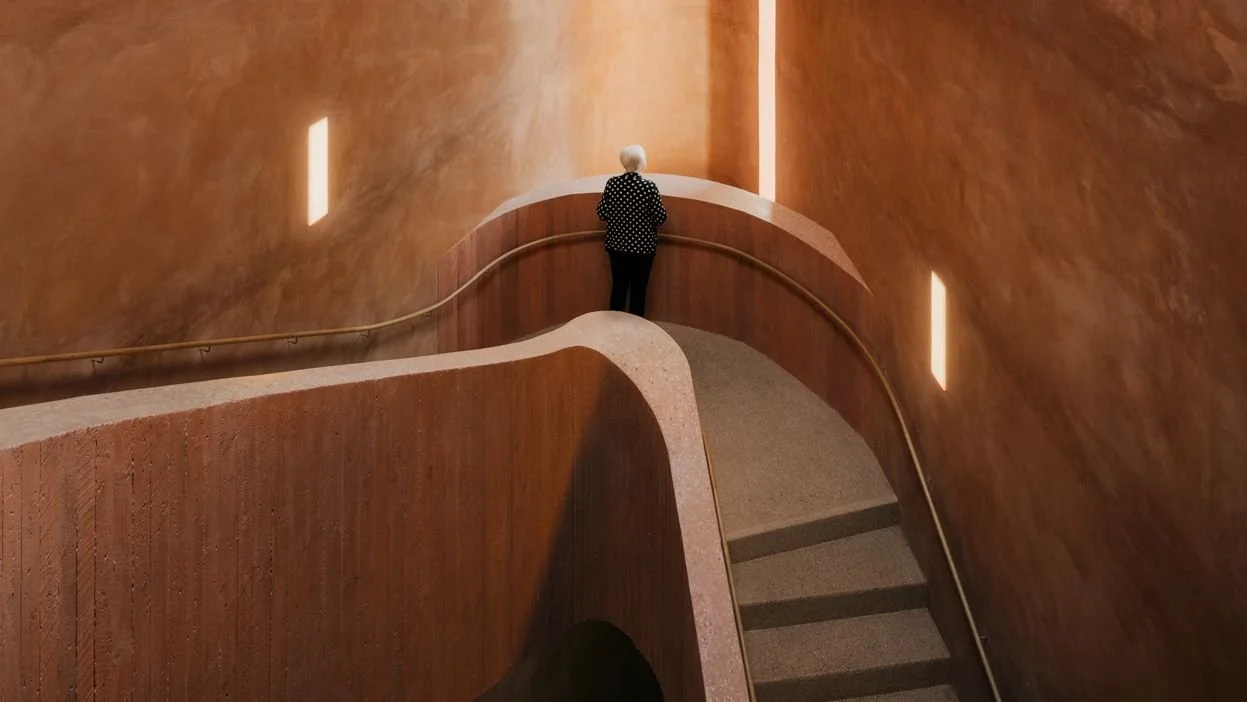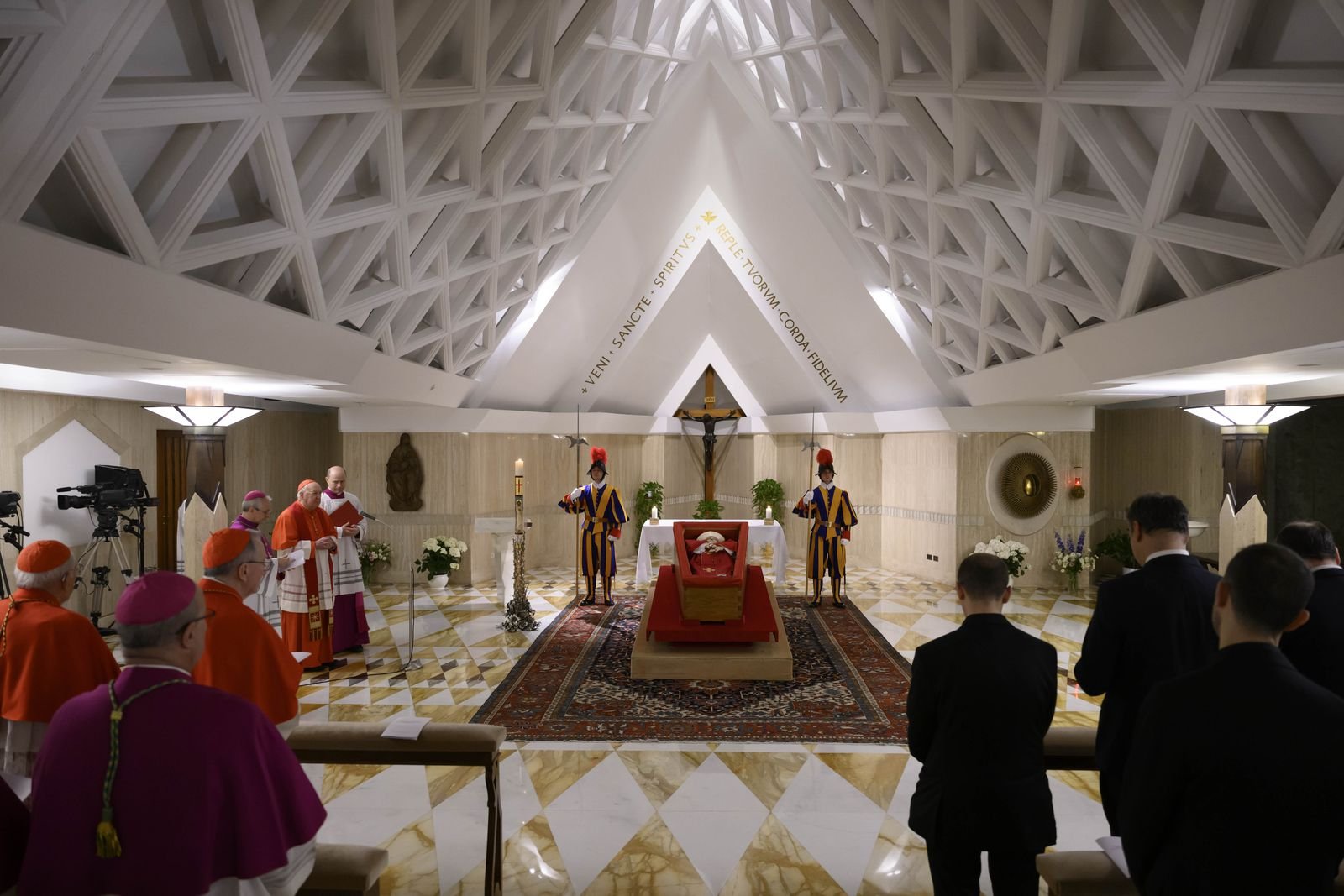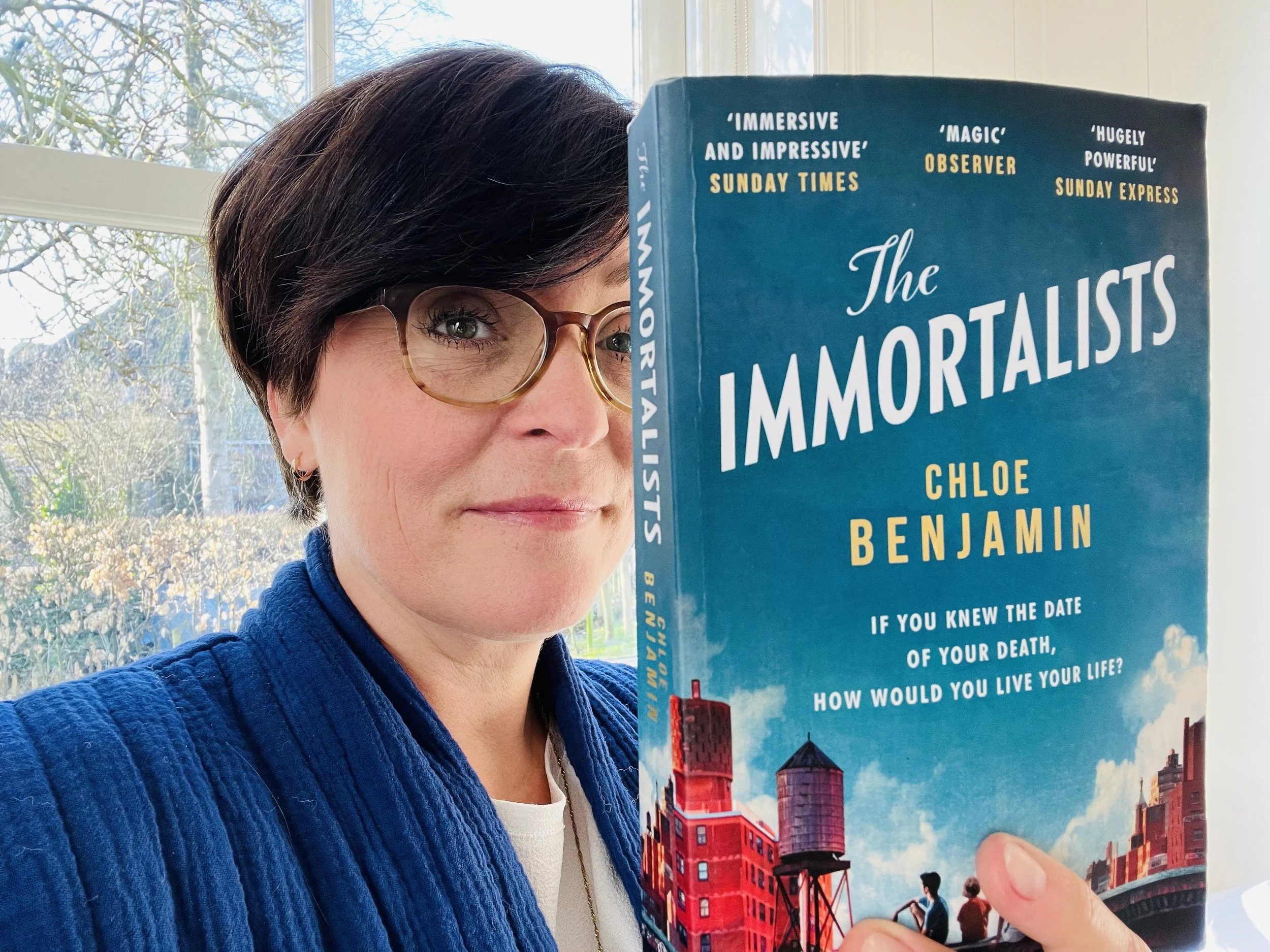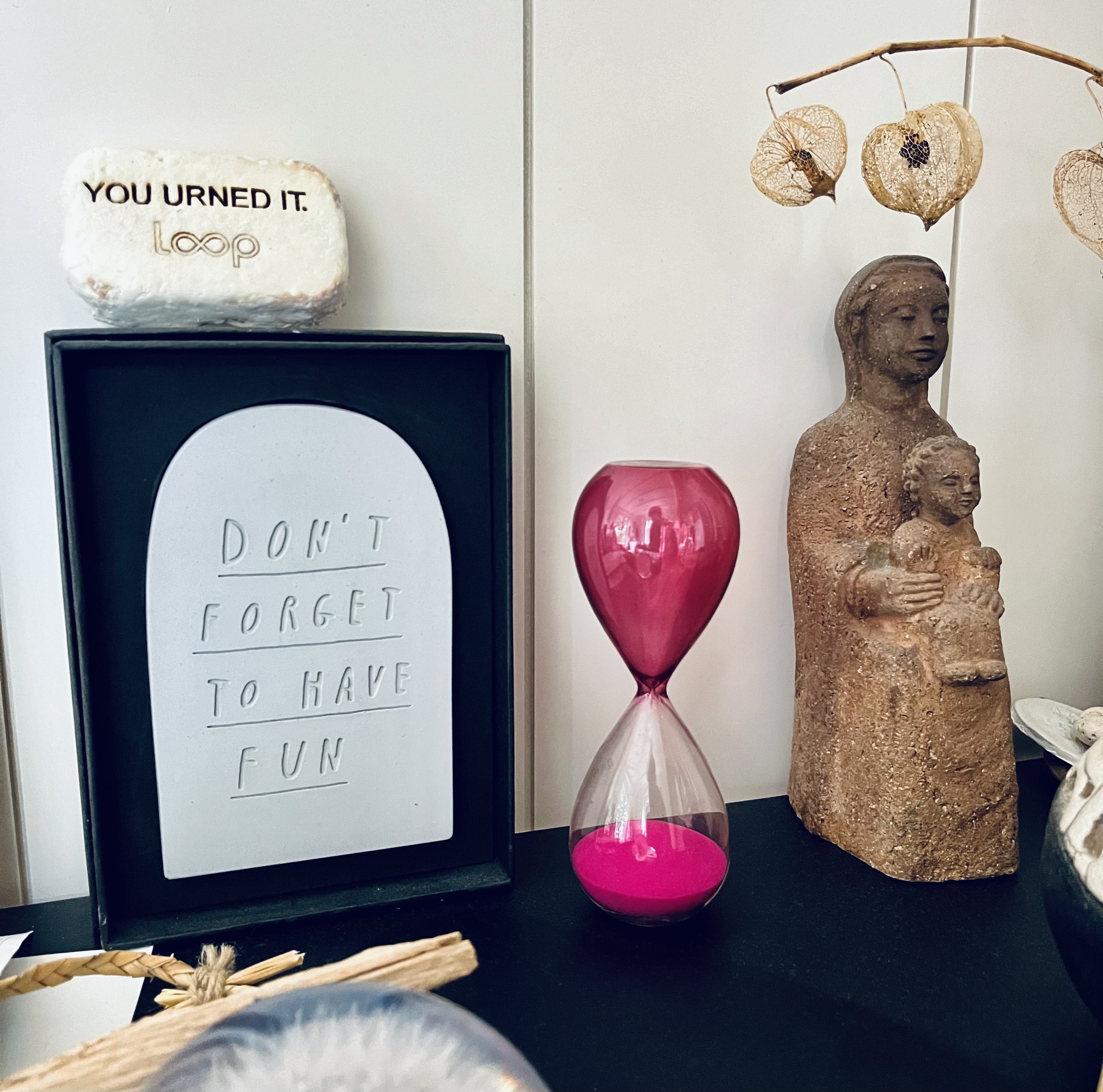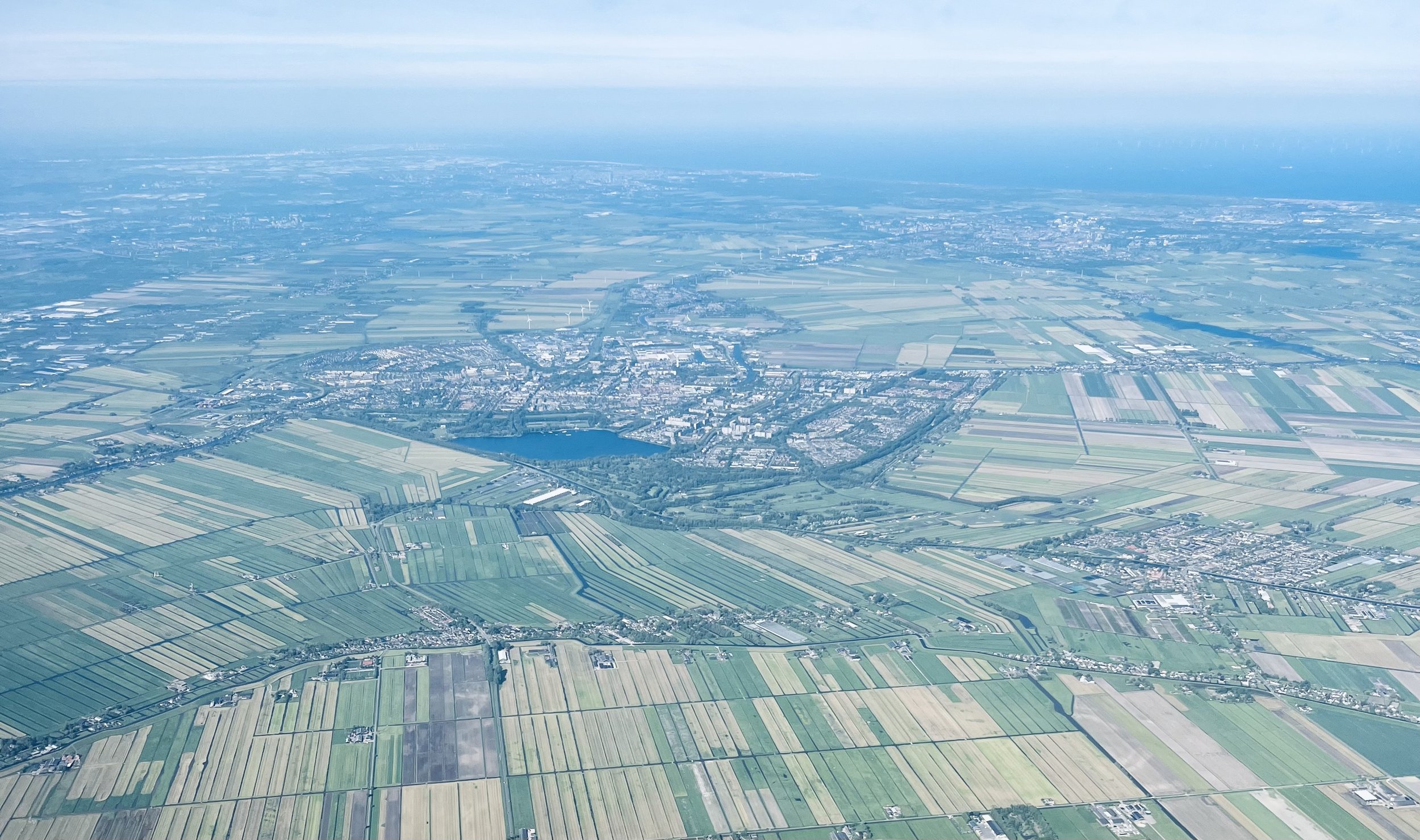Good Grief News
Notes on trends and insights around dying, grieving and remembering our loved ones.
#16 GOOD GRIEF NEWS
Topic #16: On Communal or Community-Led Death Care: An Interview with Staci Bu Shea
#15 GOOD GRIEF NEWS
Topic #15: What the waves know about letting go: A beachside death meditation
#14 GOOD GRIEF NEWS
Topic #14: Zooming in on End-Of-Life Care and why it deserves more imagination
#13 GOOD GRIEF NEWS
Topic #13: The last portrait: What Pope Francis' open coffin tells us about our fear of death
#12 GOOD GRIEF NEWS
Topic #12: BEFA 2025 - Trendspotting at Germany's Biggest Funeral Fair
#11 GOOD GRIEF NEWS
Topic #11: About death prediction tools & the question if we really want to know?
#10 GOOD GRIEF NEWS
Topic #10: About the L.A. fires, objects & memories and a next level ‘Death Cleaning’
#9 GOOD GRIEF NEWS
Topic #9: Thoughts about loss acceptance, grief competence & companionship with grief
#8 GOOD GRIEF NEWS
Topic #8: On Pet Loss, Dead-Dog TikTok & Thoughts from an Animal Grief Coach
#5 GOOD GRIEF NEWS
Topic #5: ‘Comforting Goods’ – An interview with Erica Hill from Sparrow NY
#4 GOOD GRIEF NEWS
Topic #4: Contemplating Death Awareness: Between #CarpeDiem, #yolo, and #yodo
#2 GOOD GRIEF NEWS
Topic #2: Thoughts on climate grief, artificial intimacy and three events for your agenda.




